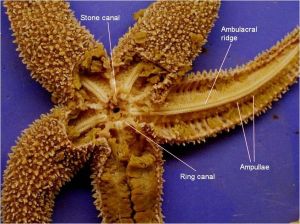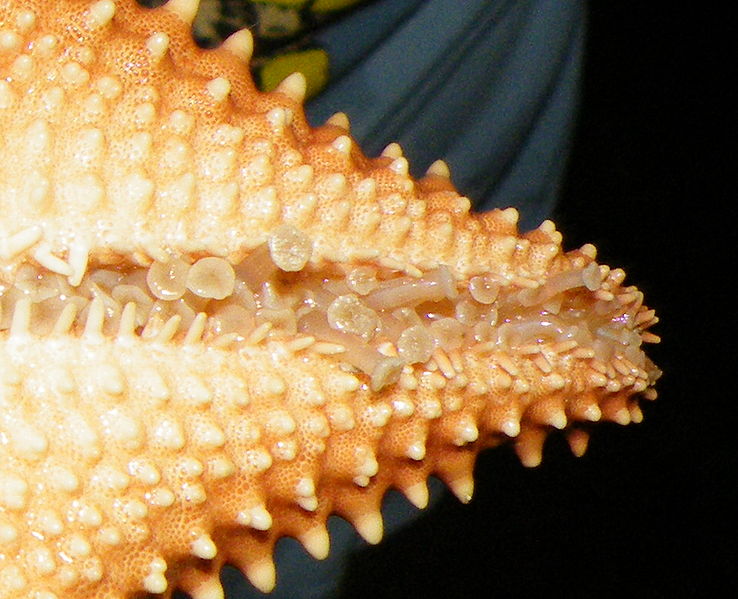What are Christmas tree worms and where did they get their name? I’m more than happy to let you know that it would not be a good idea to decorate your house with Spirobranchus giganteus.
The Christmas tree worm got its name because the spiral plumes that radiate from its main body resemble that of our fir and spruce trees that adorn our living rooms in December. These spiral plumes (also viewed as tentacles) are used for feeding and breathing. The Christmas tree worm prefer to feast on phytoplankton floating in the water nearby.
They do not move once they find a spot and nestle into burrows below the coral reefs they call home.
The tentacles sway in the water surrounding the burrow, but if a predator is lurking … the Christmas tree worm will hide completely.
Christmas tree worms live worldwide among warm, tropical reefs and can be orange, yellow, blue, or white. They typically do not exceed 1 1/2 inches in length.
Image (c) marine-bio.org.

















What people are saying …